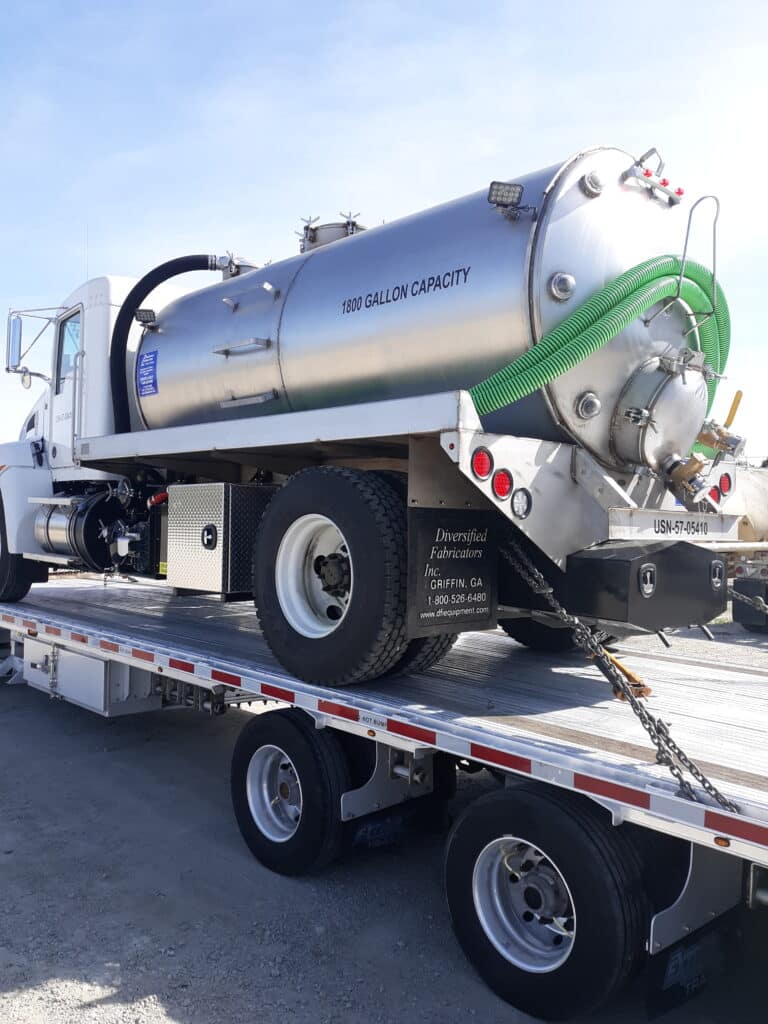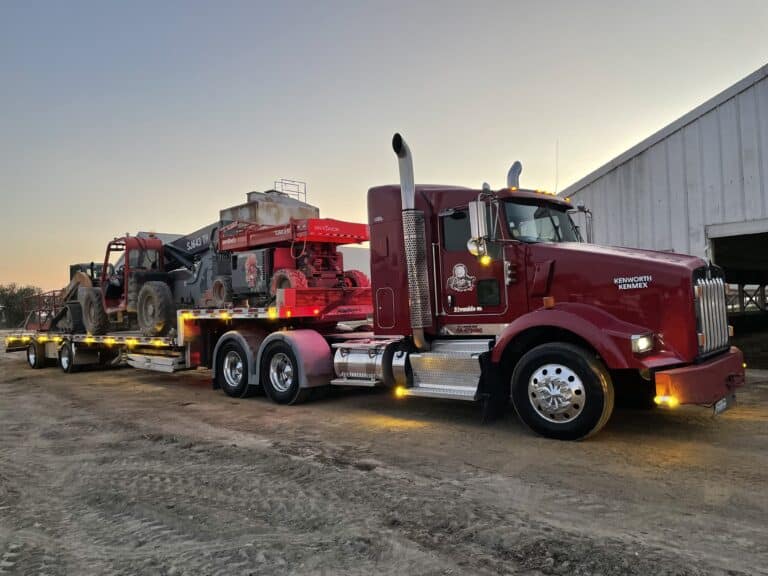How to Choose The Best Trailer for Shipping Equipment

William Thomas / January 2021
To properly transfer your equipment, one of the most crucial factors is picking the right trailer. The last thing you want is to risk choosing the wrong trailer, leading to damage to your expensive equipment. Read on to learn more about choosing the best trailer for shipping equipment.
Flatbed Trailers
The Best Trailers for Compact Equipment
Flatbed trailers can be found in lengths between 48 and 53 feet, with the former being the more common option. Towing capacities of standard flatbed trailer transports typically top out at 48,000 pounds. A flatbed can be no more than 8.5 feet in height or breadth. A flatbed trailer is usually sixty inches off the ground.
The transportation and shipping industries rely heavily on flatbed trucks because of their adaptability. They’re versatile enough to haul loads of varying sizes. Because of their open design, loading and unloading from and onto flatbed trucks is a breeze. A crane can raise the weight from above, or forklifts can access the load from the sides.
Flatbed trailers are the best trailers for oversize loads with irregular shapes and heights. Due to their open layout, tarps and tied own traps can be used to keep your shipment dry and secure throughout the transport.
Benefits of Flatbed Trailer Transport
A flatbed, being an open trailer, can transport anything. Its open design makes it practical for transporting irregularly shaped or oversized items. You don’t need to worry about banging into walls and breaking anything.

“Knowing the make, model, and dimensions of your heavy equipment helps determine the best trailer for transport.”
Step-Deck Trailers
The Best Trailers for Partial Loads
A step-deck trailer’s maximum payload capacity is 48,000 pounds. The maximum height for cargo is 10 feet, while the width is eight and a half feet. A standard length for a step-deck trailer is 48 feet. A step-deck trailer has a well that is 37 feet long and a deck that is 11 feet long.
Step deck trailer transports sit lower to the ground than flatbed trailers. Smaller pieces of self-propelled machinery may be driven up the ramps with a step-deck trailer. Step deck trailers have a well almost a foot lower than the deck of a flatbed trailer, allowing for the carriage of equipment that barely exceeds the height limitations on a flatbed. It is possible to utilize a step deck trailer as an alternative to a flatbed trailer if the intended cargo is too tall to fit on the latter. Equipment too tall to ship on flatbed trailers typically travels as a partial load on step-deck trailers.

Transport Your Equipment Today
Heavy Equipment Transport is always available for a quote. Fill out the form or give us a call now! (888) 730-2951
Benefits of Step-Deck Trailer Transport
You can avoid the headache of obtaining height permits by stowing your cargo a few inches lower on the step deck.
Because of their low loading height, step deck trailers are ideal for transporting heavy or bulky items. They are the perfect trailers for oversize loads.
RGN Trailers
The Best Trailers for Oversize Loads
You may load up to 42,000 pounds into an RGN trailer. The RGN trailer’s low-sitting well allows it to transport items up to 11.5 feet in height. The typical width of an RGN trailer is eight and a half feet. In most instances, the length of the well is 29 feet.
For heavy, self-propelled equipment, RGN trailer transports are your best bet. This heavy equipment may weigh up to 80,000 pounds, so the RGN’s drive-on/drive-off capability is essential for safe transport. On top of that, RGN trailers have around 1.5 feet of additional headroom than step-deck trailers.
Choosing The Best Trailer for Shipping Equipment
Hauling Capacity
To calculate a vehicle’s towing capacity, you must first determine its empty weight and then add the weight of everything you plan to transport. Even though you may be able to fit more items inside the truck’s bed, you should never do so. This is because legal and structural safety restrictions dictate a trailer’s hauling capacity.
Type of Equipment Being Hauled
You must be familiar with the machinery you will be transporting. For example, an ATV deck over won’t look the same as one for a vehicle. Knowing what you’re hauling will give you a better idea of what you require.
Selecting the proper trailer is the first step in ensuring your machinery’s safe and effective transport. You need to find the most practical solution at the lowest possible cost.